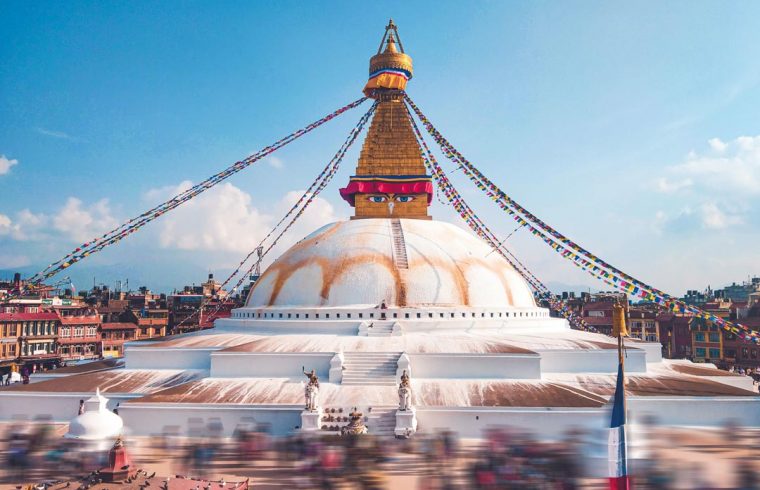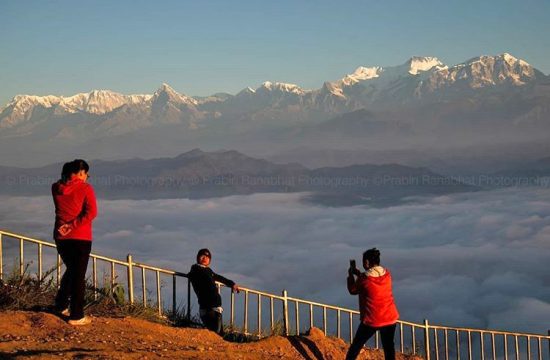The legend behind the great stupa of Boudhanath has it that it was built by a poultry farmer – a woman – Shamvara. After receiving permission from the king to build a stupa, Shamvara began its construction with the help of her four sons, an elephant, and a donkey. Foundations were laid, and walls were built up to the third level. It was at this time that the people of the valley resented the idea of a poor poultry farmer – and a woman at that – building such a stupa and shaming them by her illustrious work.
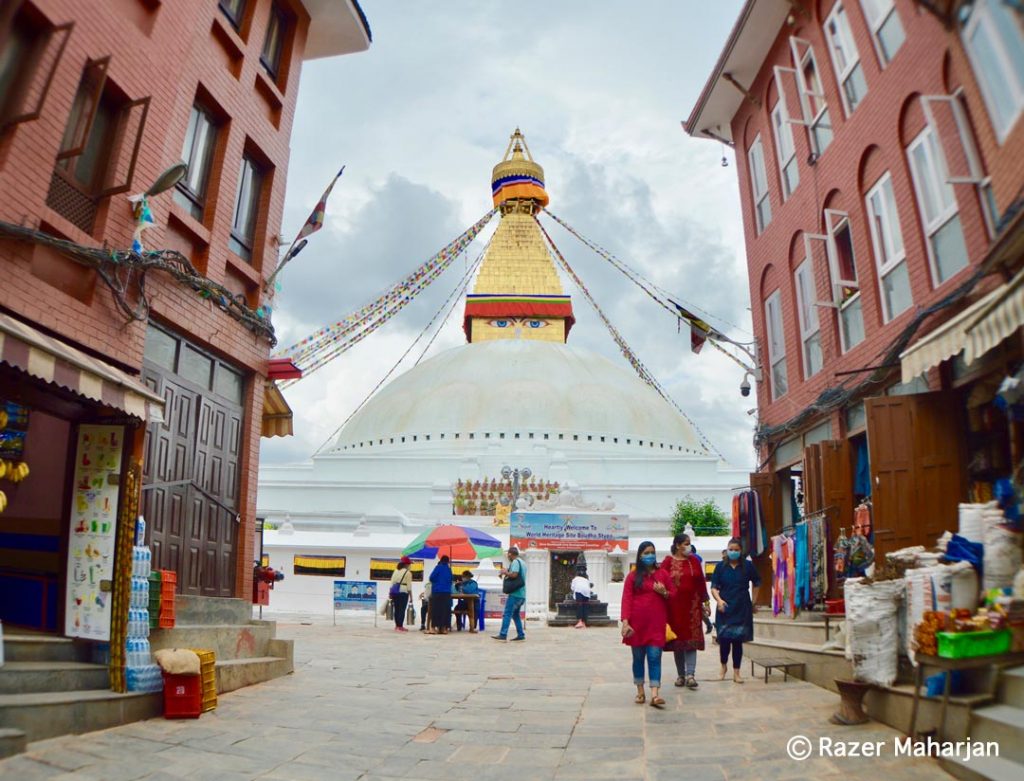
They questioned if a poor woman could build such a stupa, then what is to be expected from the king, the nobles, and the wealthy. Jealous of the woman, they petitioned the king was not to oblige them. He told them that the poor poultry woman-farmer had gone through great hardships to build this stupa, which he considered a marvel. As he had already given her permission to build the stupa, he being the king, wouldn’t take back this word. The construction work thus continued for four years, and the pinnacle was nearing complete.
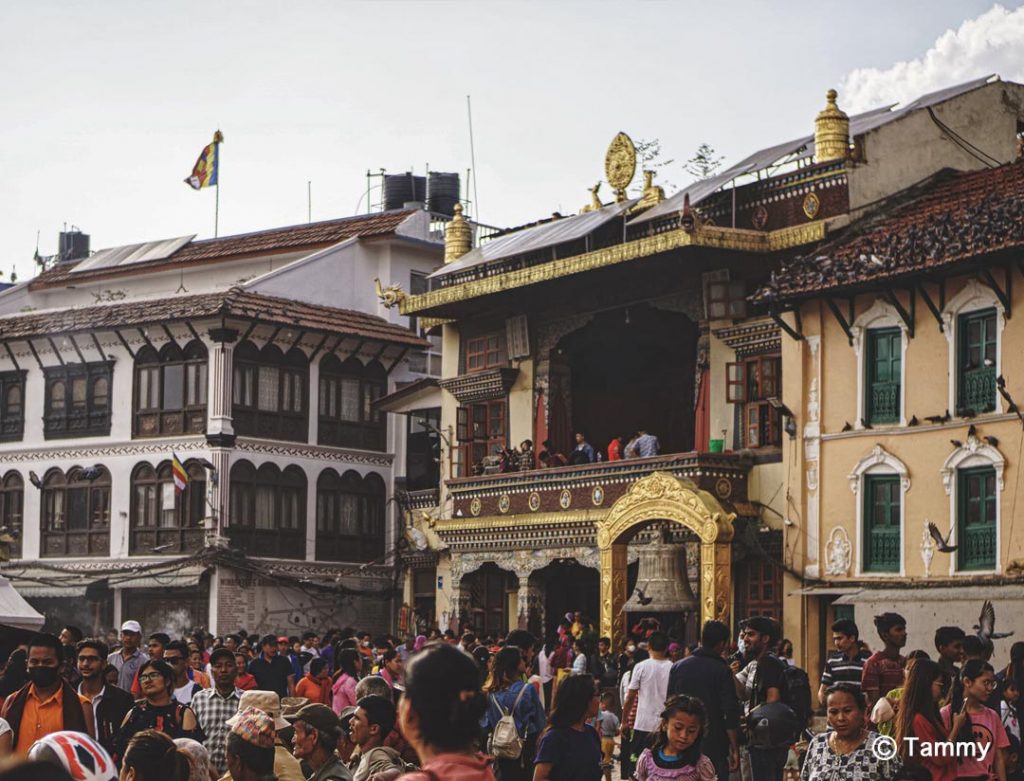
But at this point, the poor woman, sensing that her end was nearing, called her four sons and servant and told them to complete this great stupa. She said, “My divine project is the place of adulation for both earthly and superhuman beings. Place the imperishable remains of the Tathagatas (mortal Buddhas) within this stupa and consecrate it with great honor and reverence. I desire that my wish be fulfilled by which the great purpose of all the Buddhas of the past, present, and future will be realized. And you, my sons, will also fulfill the purpose of this life and the next by obeying my wishes.” With these words, the woman died and attained Buddhahood (salvation). Her sons completed the construction of the great stupa, which is now a famous Boudhanath.
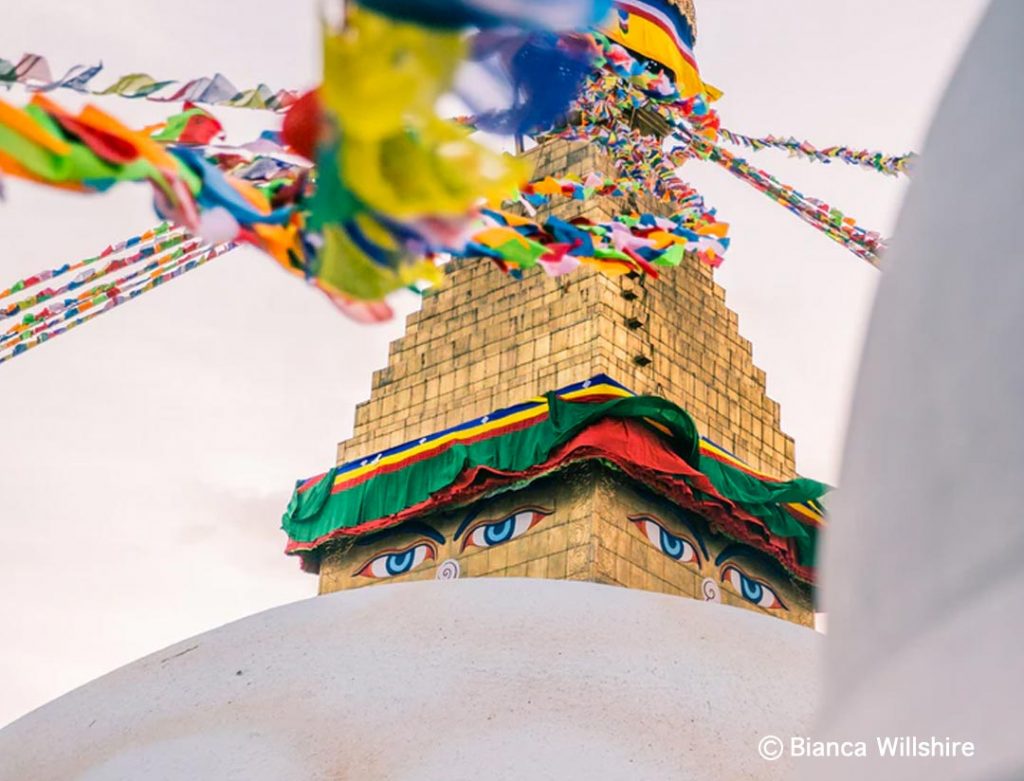
A Hindu legend on its origin states that the great stupa was built by Kind Manadeva I in 5th century A.D. to absolve himself from the sin of patricide.

